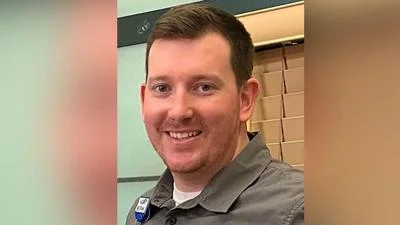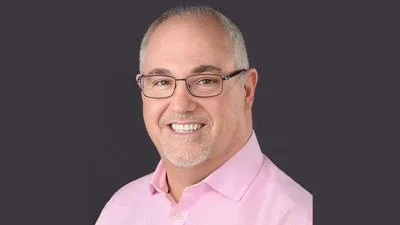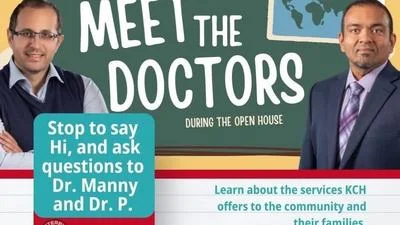The world of health care has emergency rooms for traumatic or life-threatening injuries, and primary care doctors treat chronic conditions with checkups and follow-up visits.
But there are types of medical issues requiring attention that don’t fall into either of those two categories. In those cases, a patient can be seen in an urgent care center.
That’s why Knox Community Hospital operates its Urgent Care Center at 1490 Coshocton Ave. It’s the place to go if your medical issue meets certain criteria.
Ashley Blackstone, RN, director of the Urgent Care Center, wants the public to know what conditions the Urgent Care Center is best equipped to treat.
“My definition of 'urgent care' would be everything that falls between what you can't get into a primary care office for, and what you would need to go to the emergency room for,” she told the Mount Vernon News. “So urgent care is for acute illness or injury, something that just happens. Not necessarily medication refills and things that you would see your family doctor for. That definition covers a specific range of illnesses, from sprained ankles to a broken arm to the flu.
“Urgent care is the perfect place for a sprain, strain, minor break and minor laceration,” Blackstone said. But more serious cases such as chest pain, shortness of breath, abdominal pain and large lacerations/amputations would require the treatment in a hospital emergency room. While less urgent issues such as long-term maintenance of blood pressure, diabetes or other chronic illnesses should be tracked by a primary care physician.
“One of our biggest challenges is helping folks understand the difference between the urgent care and the emergency room,” Blackstone reports.
Suppose someone has suffered a heart attack and has chest pains. Or perhaps a person has accidentally severed a finger or some other serious accident. While the Urgent Care Center can get those patients stabilized, it is not the appropriate place for that patient to be. When serious conditions such as these arise, time is an important factor, so calling 911 or going to the nearest emergency room leads to better outcomes for our patients and community.
Sometimes a patient presents with symptoms of unknown origin. For example, is it flu or COVID? Urgent care can screen for that and also run tests like urine samples or take X-rays to diagnose urinary tract infections or broken bones.
“We're able to diagnose a break and get you splinted so that that break is stabilized until you get in with orthopedics,” she said. “If you have a boil on your skin or an abscess, we have the ability to open those and drain them here. We can also repair small lacerations.”
“When the issue is small and still manageable, we can absolutely handle that,” she said. The Urgent Care staff is composed of doctors, physician’s assistants, nurse practitioners, registered nurses, LPNs and administrative staff to file insurance claims.
When you visit the Urgent Care Center, be sure to bring your driver’s license or photo ID of some type and an insurance card. If someone other than the legal guardian brings in a minor child for an exam, urgent care staff will call the parent for verbal consent to treat the child or the parents can sign a form authorizing treatment in their absence.
“We’re in the community for the community,” Blackstone said. “We strive to meet their expectations while treating them appropriately and providing the safest care possible.”







